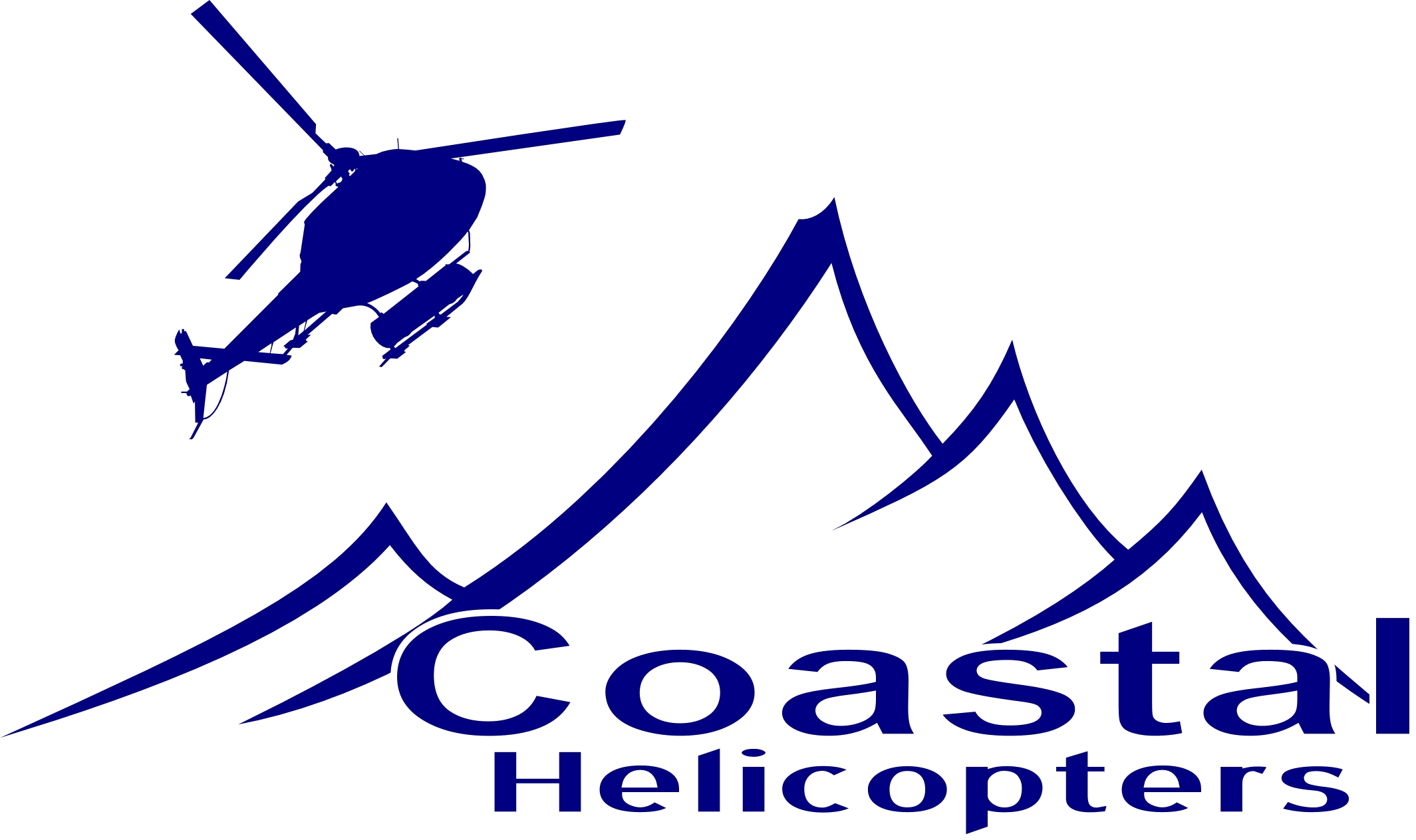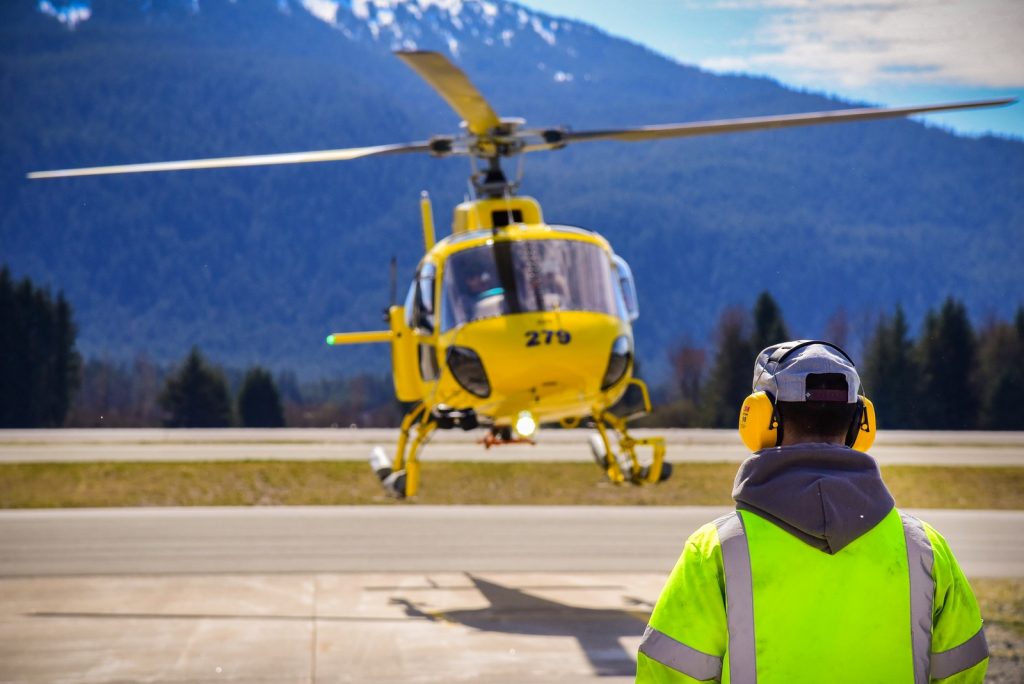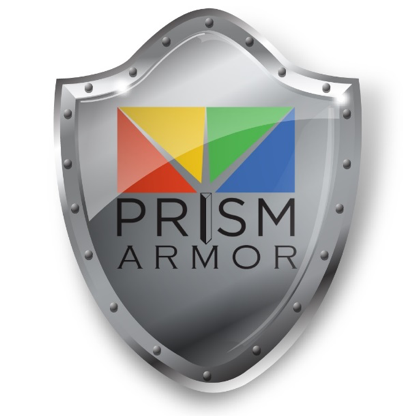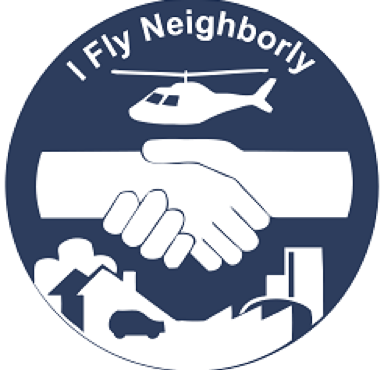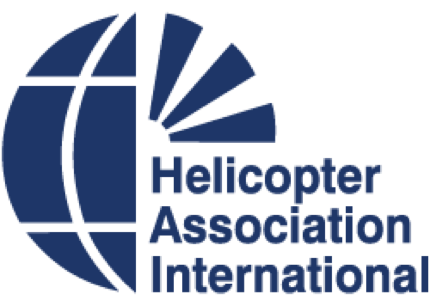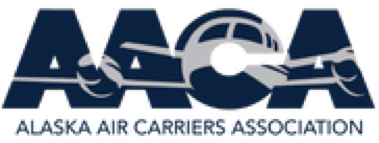Important Safety Q&As
At Coastal, We Aim To Provide Unforgettable Awe-Inspiring Experiences.
We achieve our purpose through three core values:
- Safety and Security
- Personalized Customer Experience
- Having the Best Team
Q: Is it safe to fly in a helicopter?
A: Yes! Flying is one of the safest forms of travel. At Coastal, safety is our number one core value and highest priority. We are always in pursuit of higher levels of aviation safety. In addition, our maintenance technicians and pilots go through extensive education and safety training.
Your Coastal helicopter tour pilot will be a highly-trained professional with many hours of experience flying helicopters in a variety of weather conditions. He or she will have flown your route many times.
Q: What sort of safety measures do you have to ensure customer safety?
A: Coastal has been taken a proactive approach in the implementation of industry-wide safety standards. We require our pilots and maintenance technicians to comply with all FAA requirements regarding education and training. We also have a full-time Director of Safety to maintain and improve our safety standards.
- As part of our constant efforts to improve safety, we are members of the Tour Operators Program of Safety (TOPS), the requirements of which exceed those of the FAA.
- We are a member of the Alaska Air Carriers Association (AACA) which fosters aviation safety in Alaska
- Coastal operates a strong Safety Management System (SMS). While this is not a FAA requirement, it shows our commitment to the highest levels of safety and risk management.
- All of our employees undergo continual training to maintain our high standards.
Q: I’m a nervous flyer, what can I do to prepare for my adventure?
A: We understand your concerns. Please remember that our tours are purposely not thrill rides – there are no abrupt maneuvers and we follow a carefully planned flight path.
In addition, we require our pilots and maintenance technicians to go through extensive education and training that goes beyond FAA requirements. We also have a full time Director of Safety to maintain and improve our safety standards.
Make sure you pay close attention to the safety briefing and follow all instructions given by your pilot.
Lastly — sit back, relax, and enjoy the awe-inspiring experience!
Q: What kind of aircraft do you fly?
A: Coastal utilizes the most widely-flown helicopters in the industry. Our aircraft incorporate all the latest in cutting-edge technologies, materials, systems and avionics, and offer incomparable passenger comfort and fantastic sweeping views.
The Airbus AS350B2 carries up to six passengers plus your pilot. The wide cabin and abundance of windows provide panoramic views to ensure optimum visibility for both passengers and crew. The AS350 is the most utilized tour helicopter in the world. It has a maximum gross weight of 4,961 lbs. and is 42.5 ft. long. The high skid landing gear provides plenty of clearance for landing comfortably and safely on glaciers or mountain tops, and floats provide added safety.
The Bell 206 JetRanger is a general purpose helicopter that comfortably seats four passengers and is ideally suited for tours, utility missions, aerial surveying, corporate transport and executive helicopter charter.
The Bell helicopter family of turbine powered rotary wing aircraft is widely considered to be the safest, most reliable aircraft of any kind flying throughout the world. Amazingly, the basic design and shape of the JetRanger has remained unchanged since 1967, a true testament to the perfection achieved with the original B206 design. With a maximum gross weight of 3,200lbs and 39 ft in length, our 206’s are fitted with floats for over water flights.
Q: How much experience do your pilots have?
A: Coastal has the finest pilots in the industry, and we hire and train to the highest standard. The majority of our pilots have flight instruction background and all of our pilots undergo regular recurrent training under an FAA approved program. The average pilot at Coastal has over 3000 hours of flight experience.
For additional safety questions, please email [email protected].
